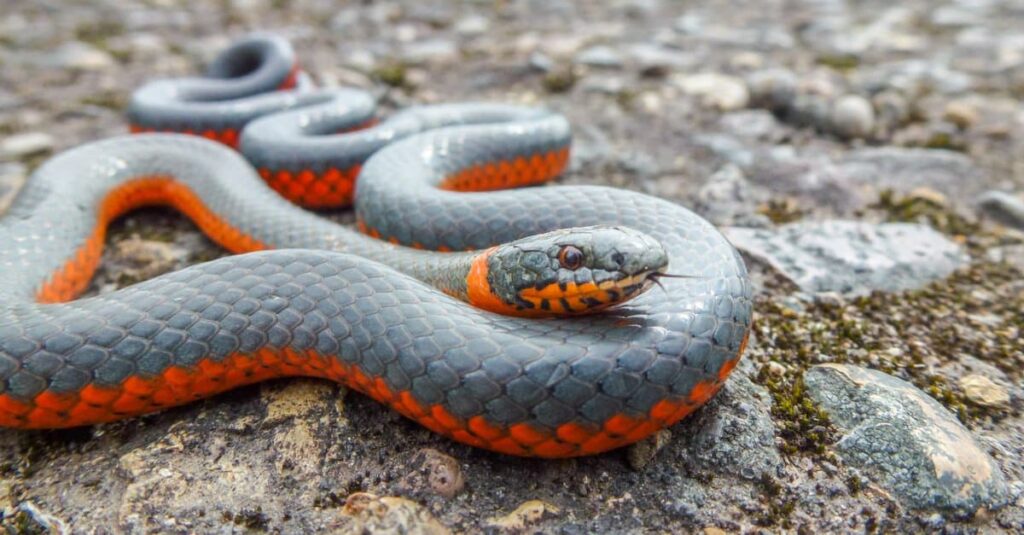Talking about snakes, many people expressed fear because they are often poisonous and unsafe to approach. However, not all snakes are a threat to humans. Currently, there are many types of snakes found in thousands of snakes, and become pets of many snake lovers. The Boidae, Pythonidae, and Colubridae families of snakes are the ones that are maintained the most frequently. You are a lover of ornamental snakes and are looking to buy a non-poisonous ornamental snake to raise at home to be friends with you when you are sad. But you are a beginner in snake farming and you don’t know anything about types of snakes for pets. This article will introduce you, stay tuned with us!
Types of snakes for pets
Ball Python
The Ball Python is a very calm and docile snake that is arguably the most popular pet snake among the different types of snakes for pets. Their name originates from the tight ball they form when under threat. These snakes make excellent first snake pets because they don’t require a lot of heat or light, but they do have certain needs to keep healthy.
Although they only reach a maximum length of 3 to 5 feet, they can live up to 35 years in captivity. Ball pythons can be given separate meals of small to medium-sized rats or mice (suitable for the snake’s size) once or twice each week.
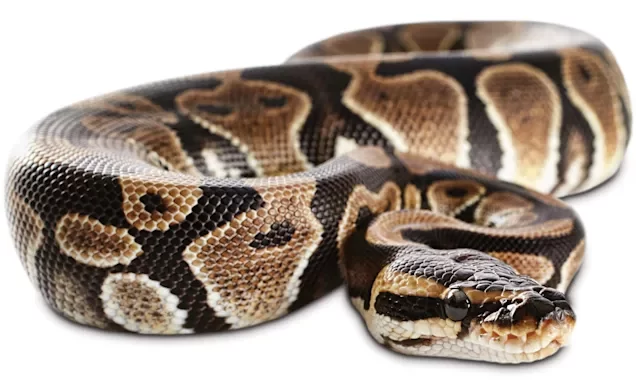
Rough Green Snake
They are most frequently discovered in wooded environments. This thin reptile can grow extremely long for its small size, reaching up to 2.5 feet long. It is indigenous to the southeast United States and northeastern Mexico. Even though many species in captivity can not survive so long, the rough green snake can live up to 15 years. They are a fantastic option for novices who wish to discover the fundamentals of caring for snakes and maintain them clean and healthy.
Since they are too big to be swallowed, unlike the majority of pet snakes, rats choose to consume insects and spiders instead of these reptiles. This snake is simpler to take care of than others in terms of reproduction and feeding in general. Despite being physically easier to handle because to their small size, this species does better in a home where they are not handled frequently because doing so can make them anxious and afraid.
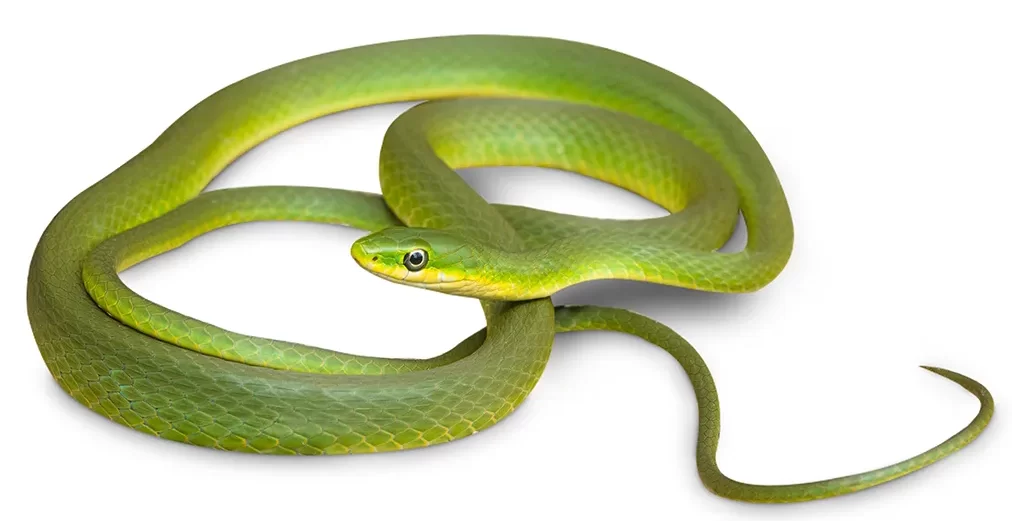
King Snake
Native to the southern parts of Canada, the entire United States, as well as Central and South America, milk snakes and king snakes can be found there. These snakes are common, peaceful, and highly attractive. Their size, color, and pattern all vary greatly. Many species have stunning, eye-catching patterns, and some of their protections resemble the venomous coral snakes’ red, black, and yellow bands. The coral snake has a yellow band that touches red, however the king is not atypical and milky has a black band touching the red band.
King Snake is also one of the most popular types of snakes for pets. King snakes, which are closely related to milk snakes and are smaller pet snakes, are about 5-7 feet long. They are named for the fact that they will readily consume other snakes, so it is important to keep them alone.
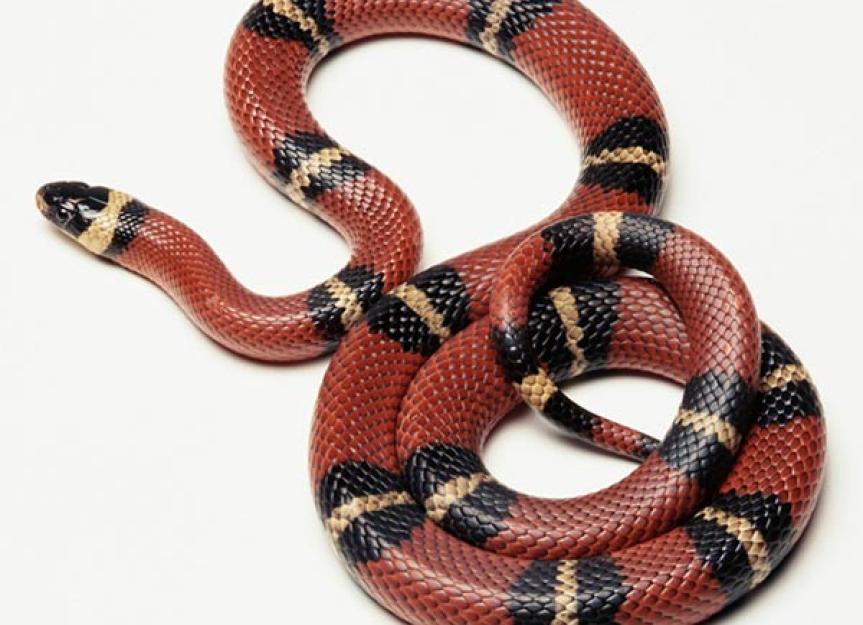
Red-Tail Boa
Some regions of North, Central, and South America are home to these snakes. Even though boas typically have gentle dispositions, it’s crucial to appreciate their innate power. In actuality, they can make quiet, obedient pets. And once you’ve cleaned their habitat and feeding routines, they are rather low maintenance snakes that don’t need much in the way of daily care.
Although it can get larger, this snake has been measured as long as 15 feet. It is roughly 10 feet long. They can survive for up to 30 years in captivity and are not suitable as pets for those who don’t want to devote the time to caring for a giant rat or snake that eats rabbits.
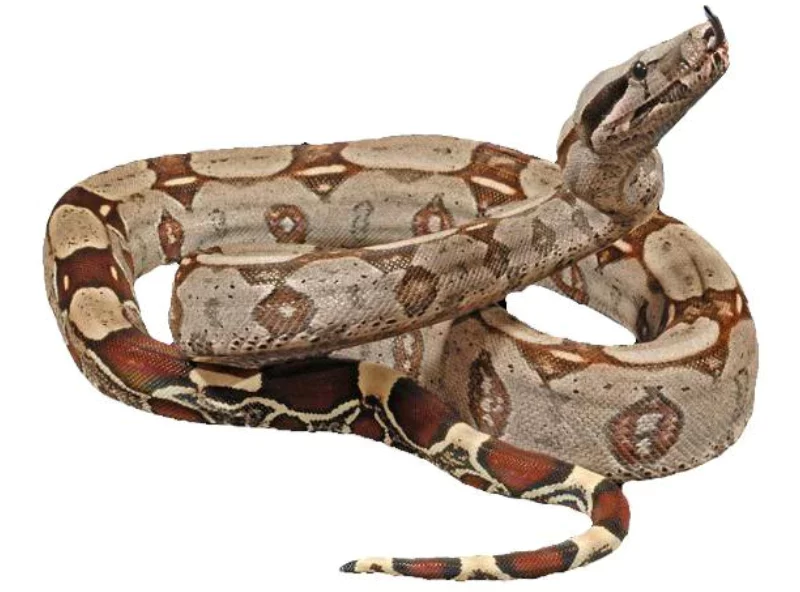
Corn Snake
Corn snakes are one of the types of snakes for pets. They get their name from cornfields, which draw rats and then rat hunters. It is an excellent choice, especially for individuals who are just starting to keep snakes, as it is normally docile, manageable, and not too enormous. They are generally terrestrial, native to the Southeast of the United States, and most active during dusk and dawn.
The corn snake, a rat snake, is a favorite among expert breeders due to its variety of colors and popularity among beginners due to its tiny size. Like many snakes, corn snakes are adept escape artists and can grow up to a maximum length of roughly 5 feet. They are rather peaceful snakes that are not known for biting.
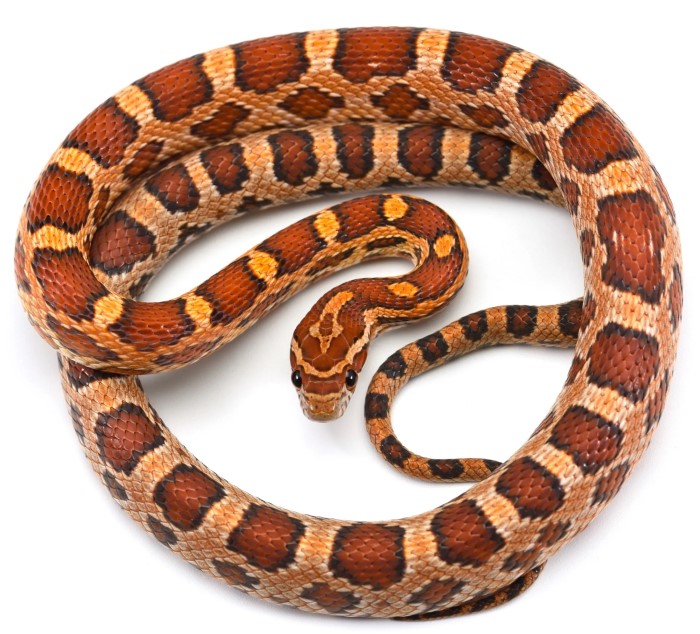
Black Rat Snake
One of the most common farmed snakes is the rat snake. The second member of this family of snakes that are frequently kept as pets, after the corn snake, is the black rat snake. Central North America is home to black rat snakes, which are occasionally mistaken for rattlesnakes in the wild. They are timid and submissive, while they are not poisonous. Their throat is white, and they have a glossy black back with a paler belly.
They won’t be the most lavish pets, but they can come to feel at ease with them. This snake is energetic and has the ability to swim and climb trees. When surprised or alarmed, they will tense up and even shake their tails to imitate rattlesnakes. Native to the central and eastern United States, rat snakes compress their prey before devouring it.
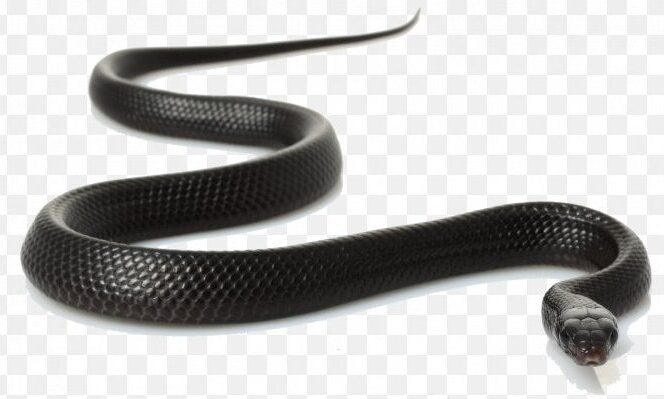
Ringneck Snake
Another North American-native snake species is the Ringneck, which has a recognizable yellow or orange ring on its neck (as its name suggests). They are tiny, measuring only a foot on average. They are very small, averaging about a foot long. Despite the fact that they carry venom to hurt their prey, this venom is safe for people to consume. Because of their tiny jaws and fangs, any attempt to bite your finger will be seriously harmful.
These snakes, which usually consume earthworms, need more care (such as appropriate heating and lighting) than the majority of the other species on this list. They are typically placid and will endure brief handling, but if handled for an extended period of time without a break, they may grow irritable.
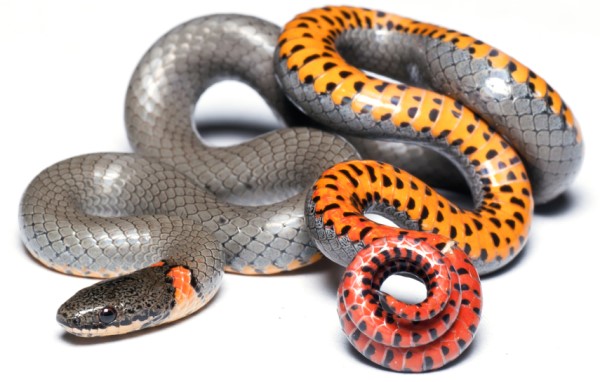
Wrapping up
Above are the types of snakes for pets that we know and want to share with you. Remember that each species of snake has its own characteristics and needs the right habitat. If you like the shape of a snake, you should carefully study its personality and hunting ability as well as other characteristics.
Learn more:
The 5 most dangerous snakes on the planet

